Disclaimer
Duotone has not paid or in any way supported me in making this review.
I’ve never owned a dedicated light wind kite. The closest I’ve got was my 15m Switch Element, but that was just a large kite, not a kite designed for light wind (it weighted 4.6kg and the low end of Element V2 wasn’t great in any size). Duotone’s Juice however is exactly that. It’s their light wind kite aimed for foilers and twin-tip riders alike and only comes in 13m and larger. The 13m weights just over 3kg, which is impressively light for a 3-strut kite this size.
Not surprisingly, Duotone boasts about the Juice’s light wind performance and ability to perform like a regular, high performing kite but with the bonus of being able to do it in light wind. Fair enough, what kite brand doesn’t sell the shit out of their kites on their product pages? But after using the 2022/23 13m Juice on several occasions and flying it in both light and strong winds I can only say hats off to Duotone. I guess they’re not a market leader for nothing – The Juice really does perform exceptionally well. Let’s discover just how well in this article.
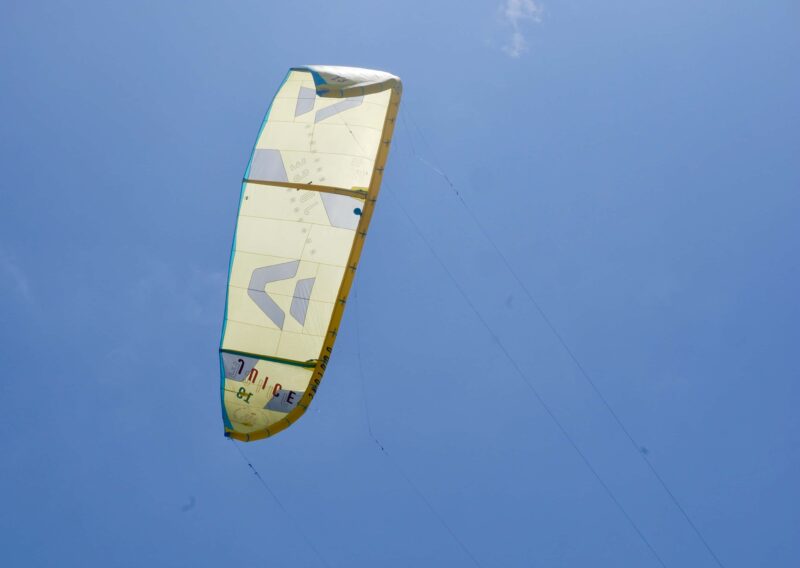
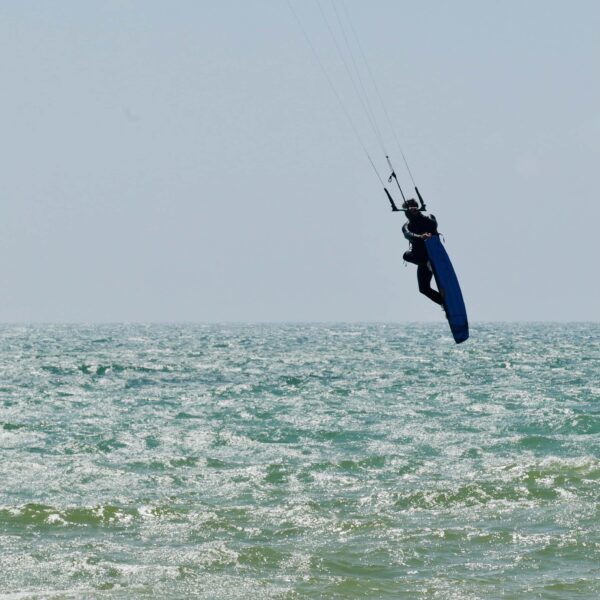
The light wind dilemma
Windsurfers often turn to kitesurfing when the wind is below 20 knots. Kiteboarders turn to hydrofoiling when the wind is below 15 knots. Water sports lovers always look for ways to get more time on the water, and the more toys you have in your garage, the more time you’re able to clock. But what if you don’t want to adapt and all you want to do is ride a kite and a twin tip, ideally with a high rocker freestyle board? (surely I can’t be alone in this? 🙈)
I dive into this topic in another article I wrote recently, but in principle if you’re a twin tip rider in light wind you’re options are these:
- Large foil kite
- Large 0/1/3 strut kite (i.e. a dedicated light wind kite)
- Large, flat rocker board
Foil kites can be a bit of a mission (but do consider them, they do have great benefits). Zero or 1-strut kites are great for cruising but they lack in jumping abilities I’ve been told (I’ve yet to try one). Big boards are no fun, again mainly thinking about jumping here. What we want in an ideal world is to keep the fun and dynamic feeling of jumping in higher winds even in winds below 15 knots.
And this leaves us with a 3-strut light wind kite. Optimised for light wind but still performing like a regular kite, and if the wind picks up it keeps performing – you just jump higher!

How Duotone Juice is optimised for light wind
I’d assume the Juice sits somewhere between the 3-strut, delta shaped Evo and 5-strut, high aspect, bow shaped Rebel in Dutotone’s line-up in terms of characteristics. It’d actually be very interesting to fly these three kites in the same size back to back for comparison.
The Juice is a 3-strut, no-pulley, high aspect delta kite much formed like a wing when you look at it rolled out flat on the ground. High aspect kites are efficient in generating speed and lift, sit forward in the wind window and turns slower than their low aspect counter parts. Race kites have this shape, as do classic booster kites like Duotone Rebel and Ozone Edge. It makes sense that a light wind kite also utilises this aspect ratio. The three struts are the perfect compromise for giving the kite good stability, relaunch and jumping performance while not adding too much weight. In light wind we want super light kites so they stay in the air.

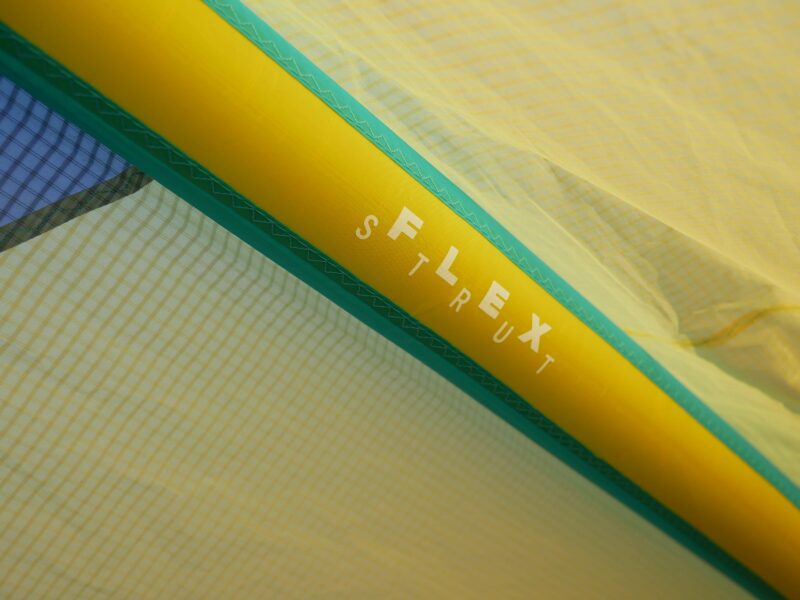
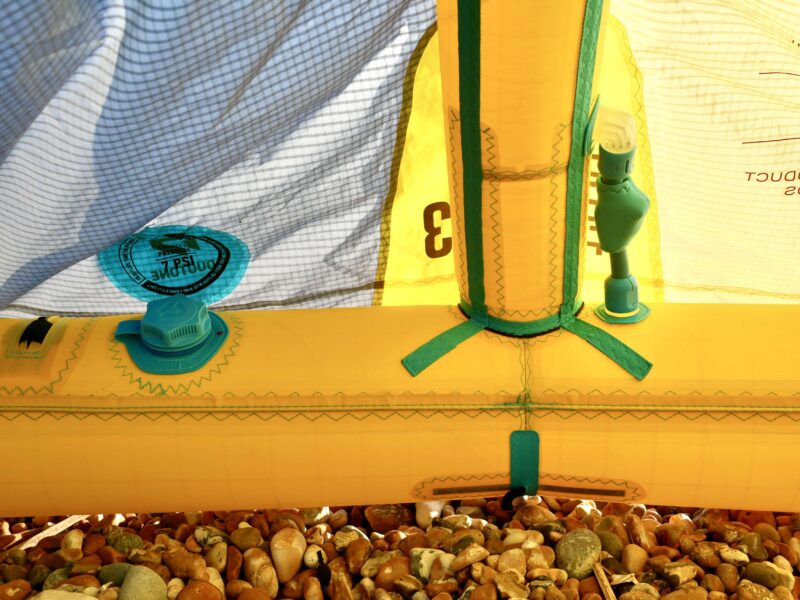

The overall tube construction is also very low diameter for less drag, and Duotone has given the struts a specific flex pattern that helps speed up the turning of these large kites. Traditionally, large kites turn like trucks meaning it’s hard to do power strokes to generate more apparent wind, and they would be terrible for sent jumps. This has all changed with the Juice.
Choosing the right kite size – 13, 14, 15 or 17 sqm
I decided to go with the 13m just because of this reason. 15m and 17m are still very large kites and my assumption was that they would not be fun to ride. After flying the 13m and experiencing how dynamic it is, I think at least the 15m might actually be quite alright. So if you’re looking to add a knot or two of more low-end, do have a look at the 15m. The 13m is still has plenty of power and low-end range in wind as low as 12 knots (78kg rider and standard twin tip), and I’ve also ridden it in 25 knots without any problem. This kite’s wind range is impressive.
This 13m size is a great all-rounder for wind range. Not a bad choice when my next size down is my 10m Switchblade which I tend to use for most of my sessions. The Switchblade range for me is somewhere around 16 – 35 knots with a comfort zone around 18 – 30, and the Juice’s range is probably around 12 – 25 knots.
This year, Duotone has added a 14m Juice, which might be a great option if the next size down is 10m. If it’s 9 I’d definitely stick with the 13m, and if you also have a 12m in your quiver I’d go 15 or 17. But here’s the thing: In my case, I replaced my 12m kite for this 13m light wind kite since it performs so well both in light wind and in stronger winds. It’s really no compromise if you want to ride the Juice in your normal 12m range, which would probably be around 16 – 23 knots.
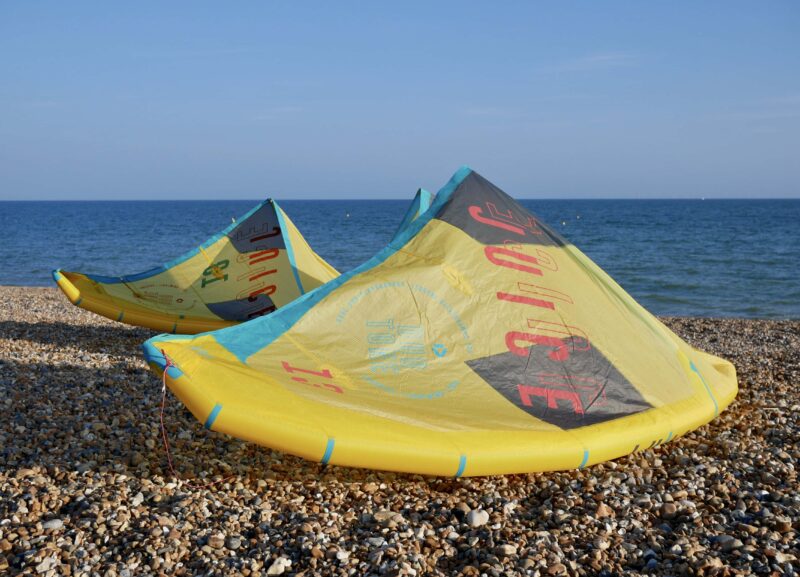
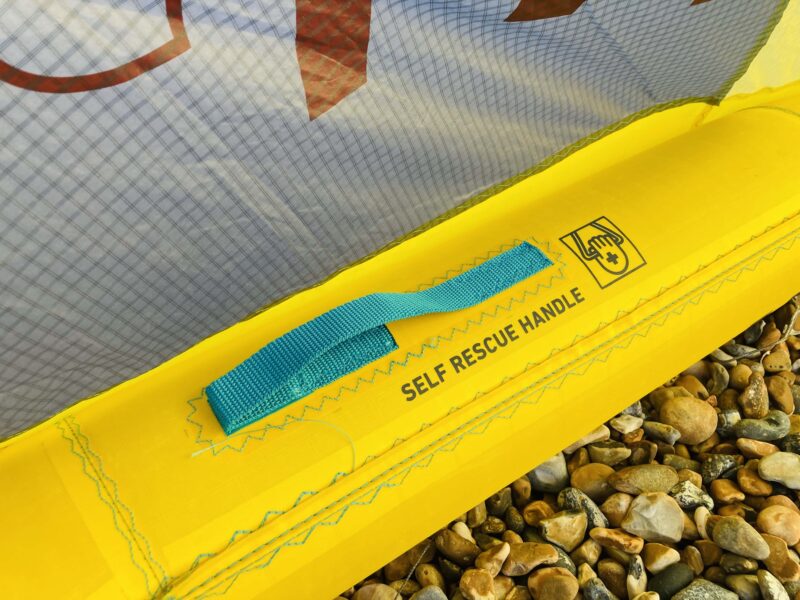
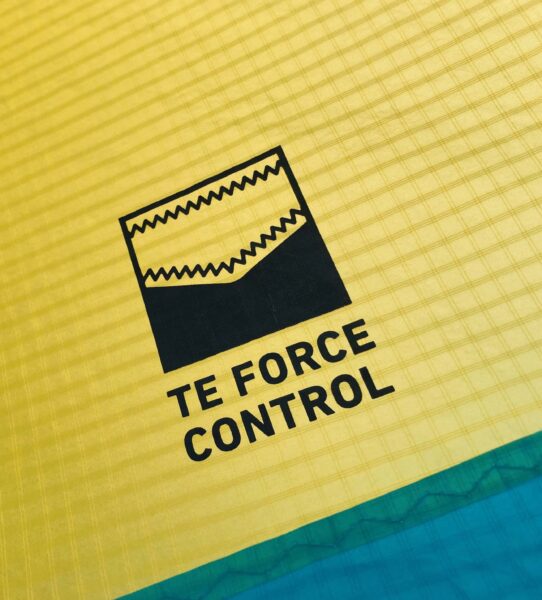
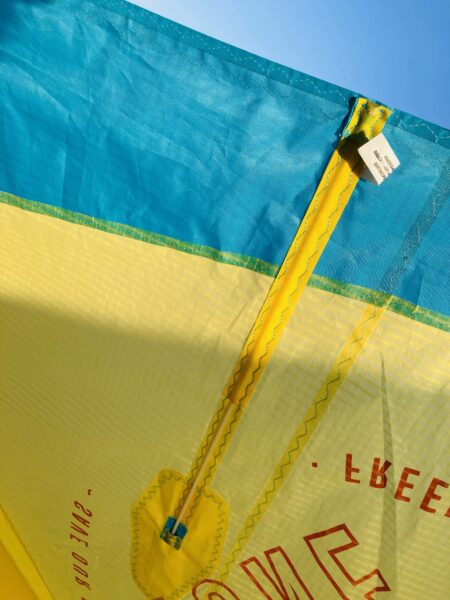
How Duotone Juice feels on the water and air
What have I noticed while flying the Duotone Juice? I’ve had 10+ sessions on it, most of them in 15 – 20 knots, but a few 12 – 14 knots as well as one session that probably went beyond 25 knots at some point. I’ve used it together with my 43 cm North bar (43 cm bar on a 13m kite!? Oh yes.). It handle very well in all conditions. It boosts well and delivers nice floaty jumps with plenty of hang time and smooth landings. But it also works brilliantly for a bit of powered pop, kite-low freestyle – which was the deal breaker for me since light wind is always an opportunity to try unhooked tricks for me.
Relaunch is easy, no issues experienced, but since the kite is so light it actually stays in the air most of the time even when you let go of the bar for a while.
Power delivery is a bit uneven. This is hard to explain, but the most obvious time this is apparent is in jump transitions. I’ve noticed similar behaviour with the Cabrinha Switchblade, whereas with the Switch Nitro and Krypto this was not the case. What I’m talking about is when you steer the kite down to start riding your new direction, the kite has a tendency to turn on the power full on and you get a yank. This can be handy if you can control and time it, but it’s full on and I’m still fine tuning the bar input. It’s a similar feeling in the loops. With a 13m kite we’re talking surface loops. For instance, coming out of a darkslide the final loop yanks you out of the water, which is obviously what you want, but be prepared for a full on power burst.
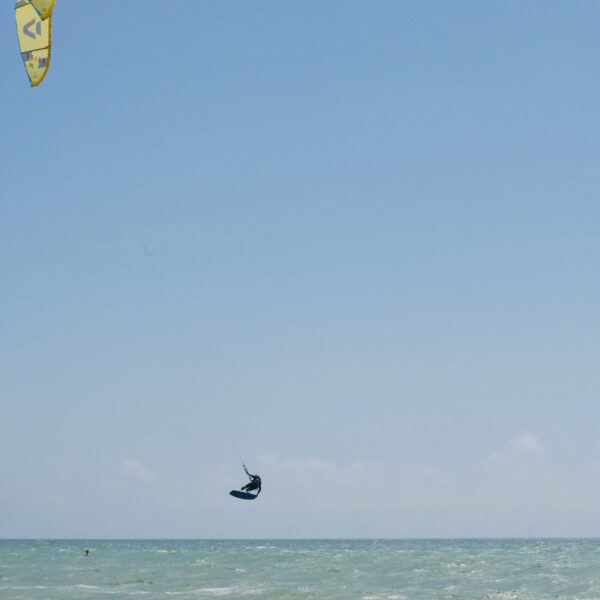

Any negatives with the Duotone Juice?
I had to add pigtail extensions to match it with my North bar. Most kites I fly use pigtails on the wingtips and loops in the centre. Duotone has it the other way around. It’s easily fixed with extensions, but it’s annoying and I wish the kite industry could agree on a standard. I mix kite and bar brands all the time, and so do many other kiters.
And the price. Duotone kites are expensive. But ok, most kite brands are expensive, and you tend to get what you pay for. I’ve certainly noticed this with the Juice: pricey but oh so good.
If you’re looking for a light wind kite that will extend your twin tip sessions into the low teens and be able to ride on days that were previously exclusive to foil kiters, then the Duotone Juice will not disappoint.
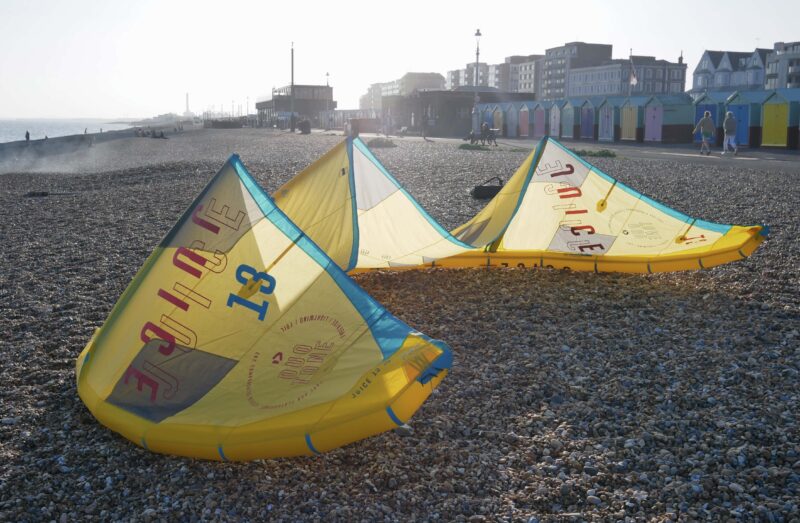
Thanks for this amazing blog. Visit Red Sea kitesurfing schools to learn the skill of kitesurfing.